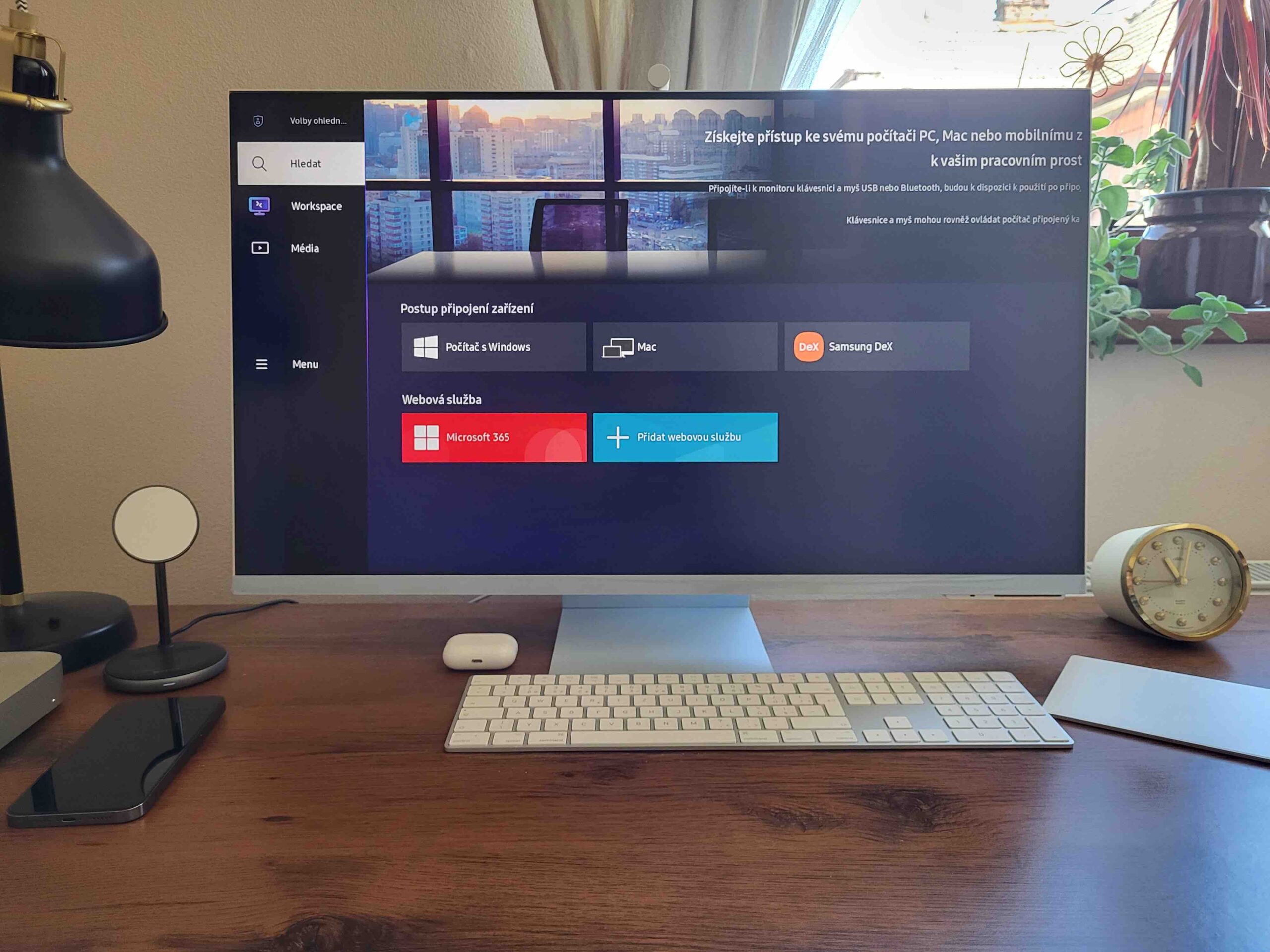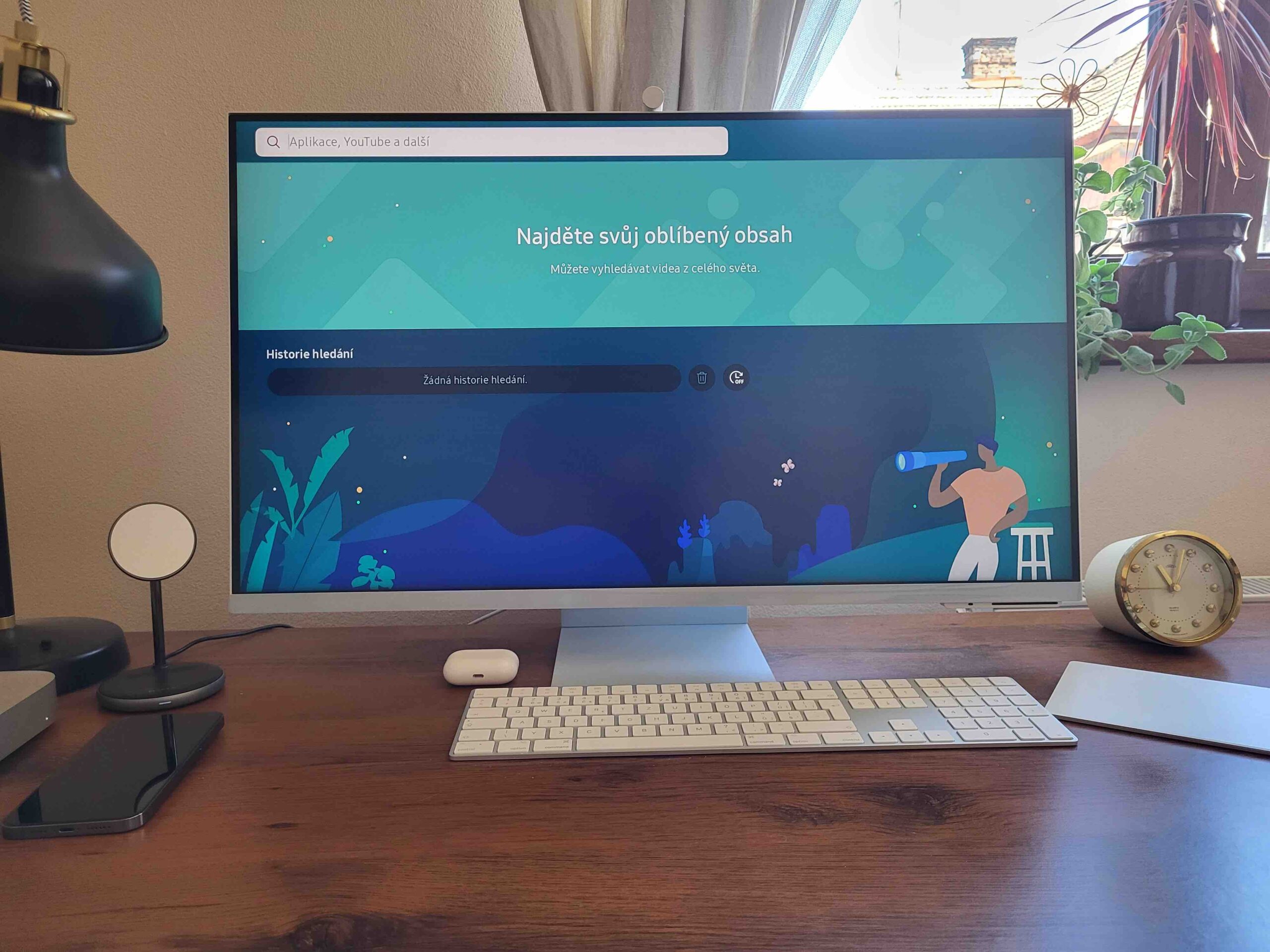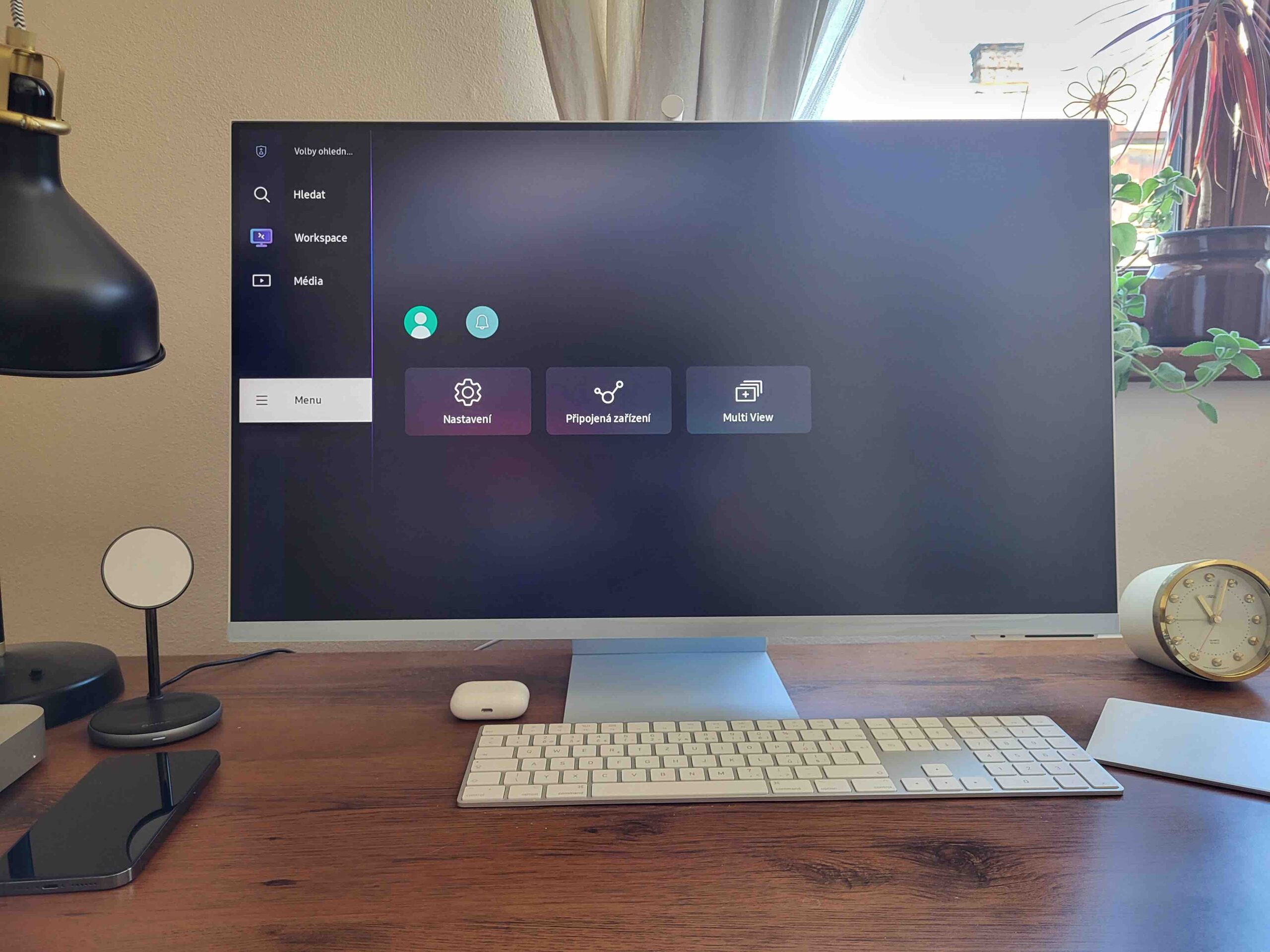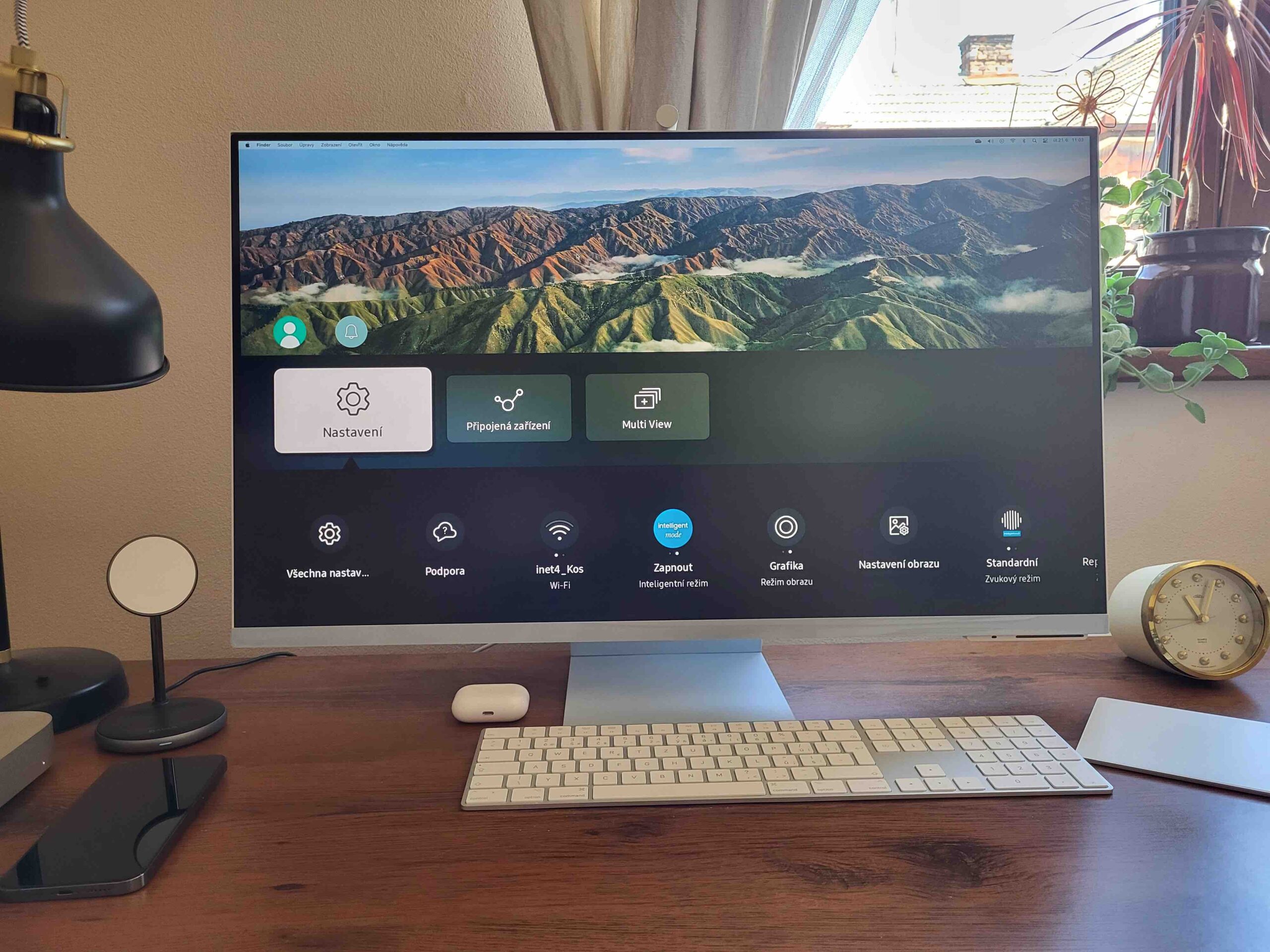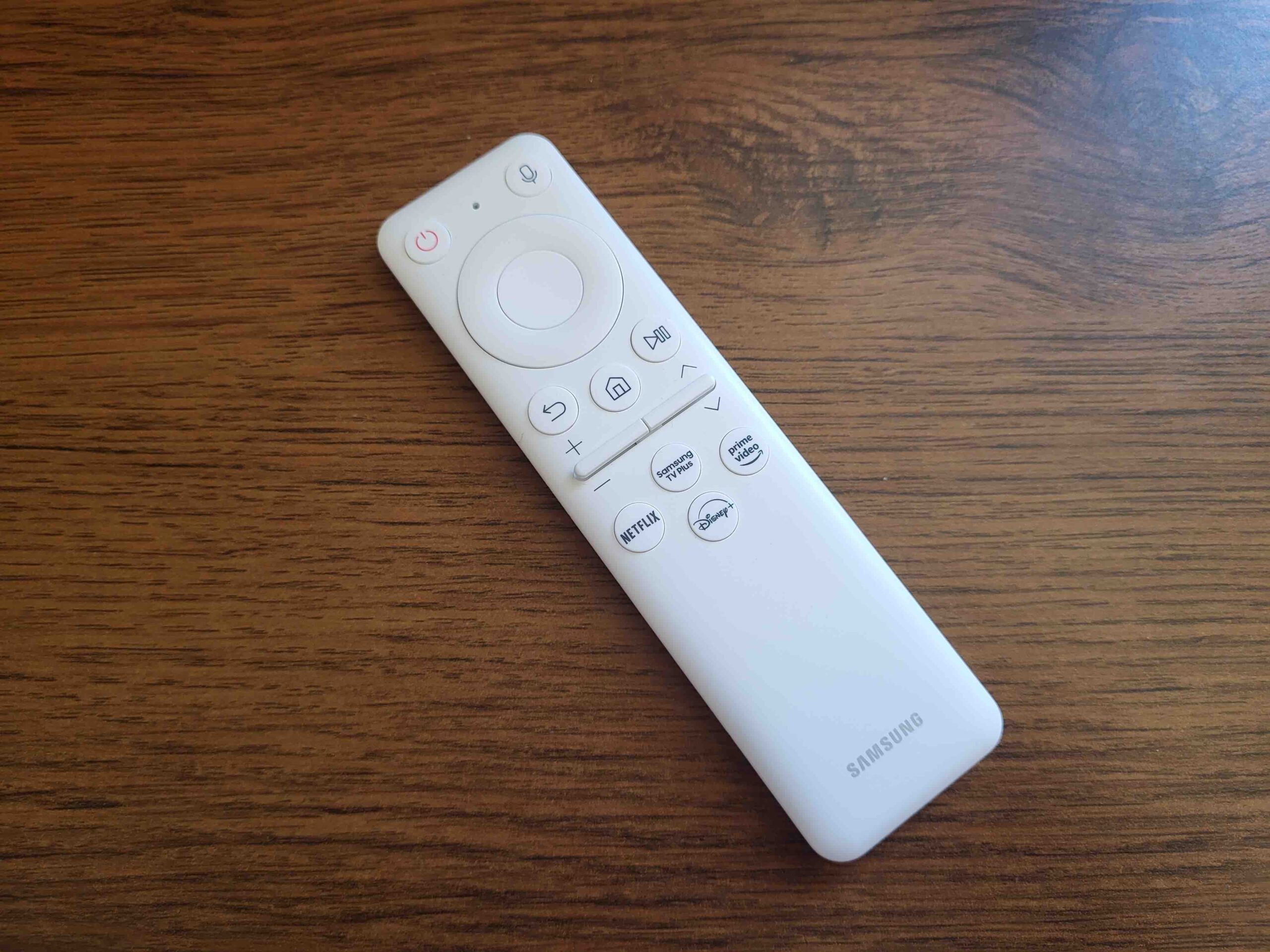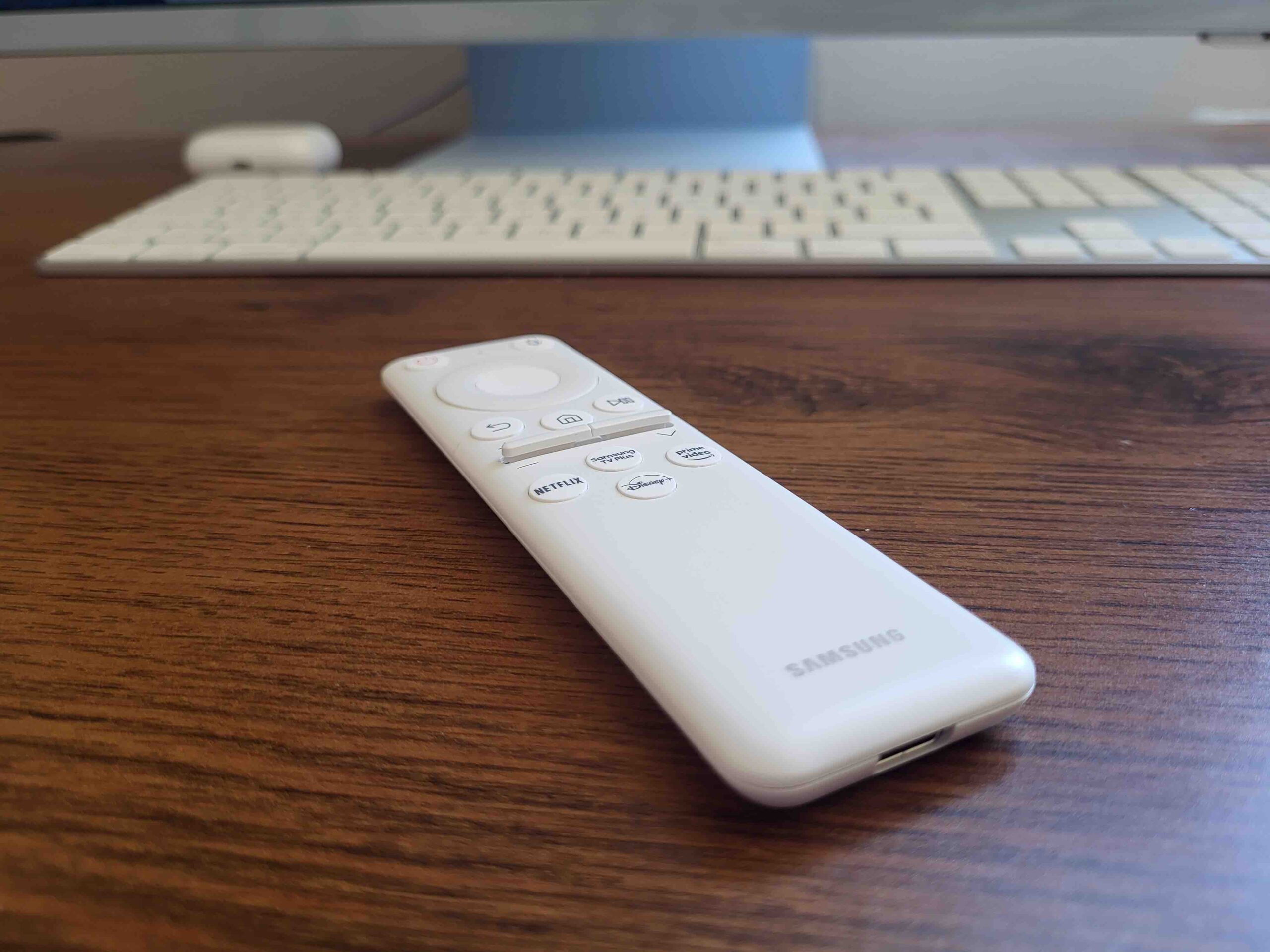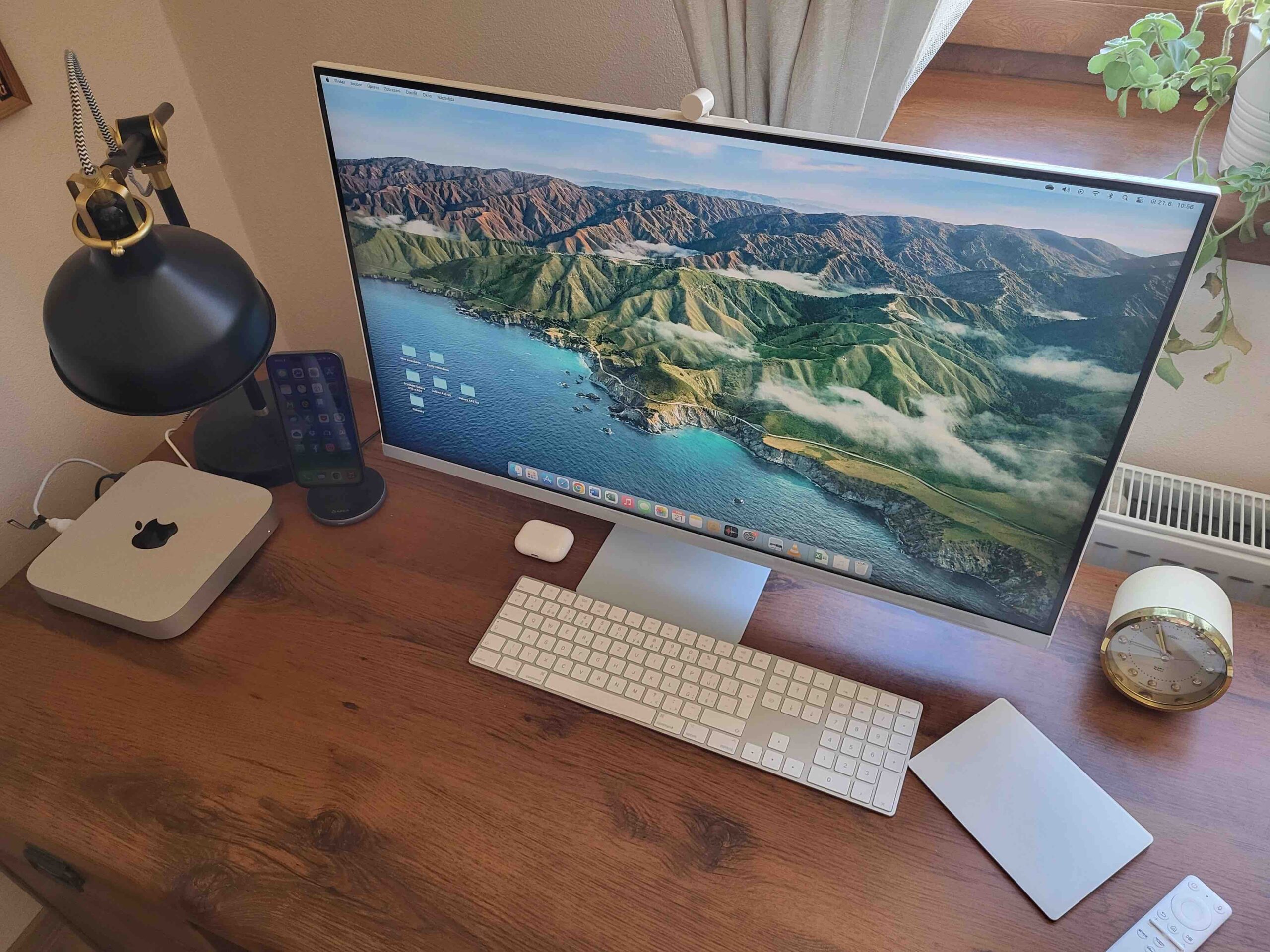Samsung has a whole product line of them, in the case of Apple we could talk about one, namely the Studio display. But does it make sense to go the route of a smart content viewer that throws in some extra features that you also pay for?
What do you primarily want from a display/monitor? Of course, to display the content in an appropriate quality directly proportional to its price. Some prefer smaller diagonals, others need the largest possible. Studio Display contains the A13 Bionic chip, which supports innovative functions such as centering the shot or surround sound. Each added function makes the device more expensive and the question is whether you will actually use it.
Two worlds, limited use
The macOS Ventura operating system did not bring so many functions, but paradoxically, just by owning a Mac that supports it and an iPhone as well, you practically steal the added value of Display Studio. So its camera is just a number because the iPhone's cameras in Continuity Camera mode are simply better, and even though the display has a studio-quality three-microphone array so that you can be heard clearly and clearly during video calls and audio recordings, you can again use the iPhone as an audio source even in applications running on a Mac. Apart from the picture quality, you only get a benefit in the case of speakers.
Samsung's Smart Monitor M8 even has its own Tizen operating system and thus offers its own interface where you can operate text editors with it without having any device connected to it (only the keyboard is needed, of course) and has integrated platforms such as Netflix, Disney+ and more. So it can exist and function independently, just like smart TVs. But if you only want it as monitor to a connected computer, preferably a Mac, only one will bring you a benefit. Thanks to the high-quality sound reproduction, you do not need to use a Bluetooth speaker. As far as the camera and microphones are concerned, what was said above also applies here.
It could be interest you
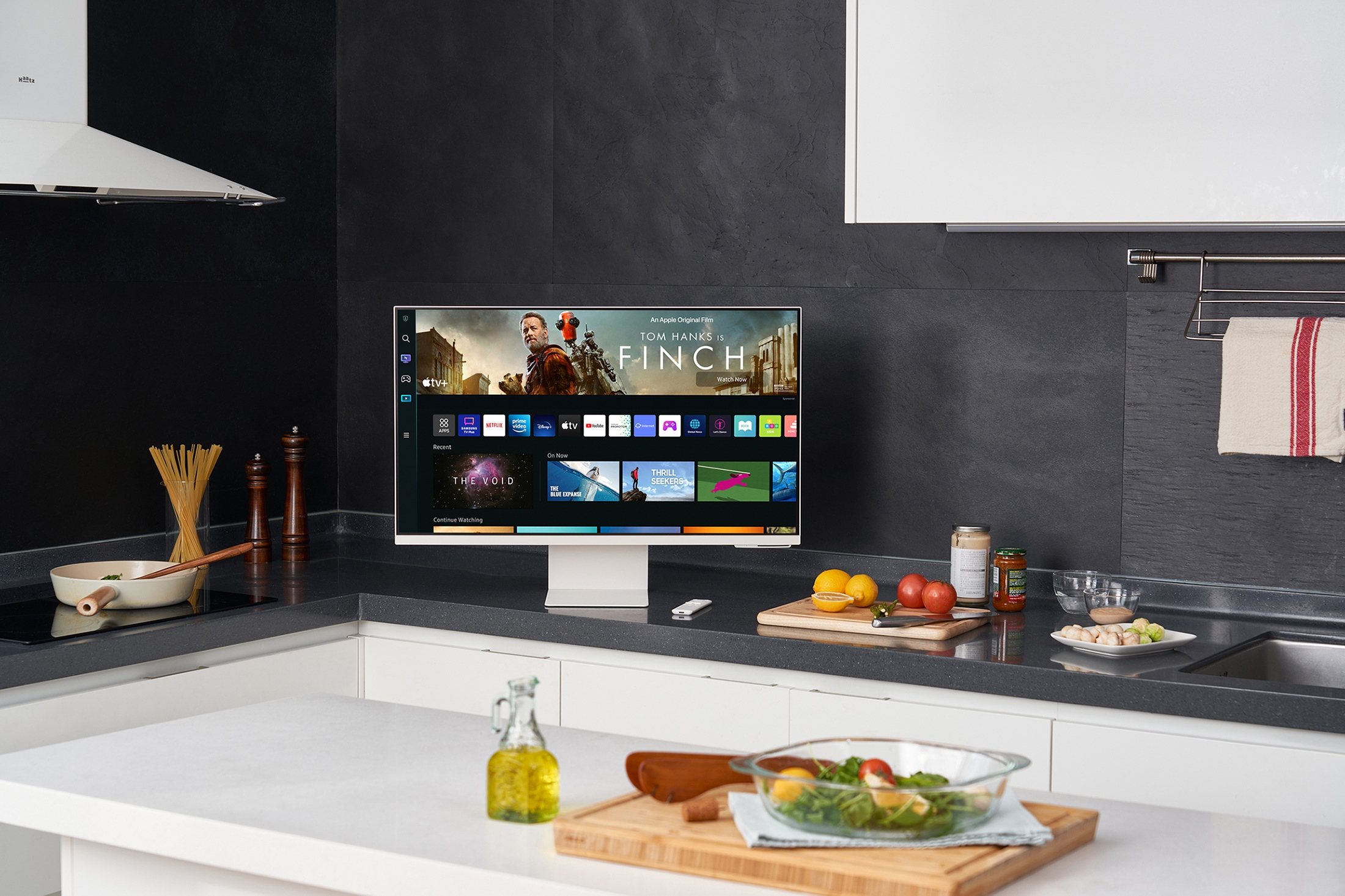
It's not for the office
Since the Smart Monitor M8 has been sitting on my desk in the office since June, I can give you my personal impressions of how nice and useless this device is. For office work, it's a completely overpriced device that makes no sense. All its added values remain idle for the very reason that I have it connected to a Mac mini. If I didn't have a Mac mini, I'll plug in any MacBook or Windows computer, but why I would watch streaming platforms directly from it doesn't make sense to me, even like working in Word. In the world of Samsung, I see one positive thing, and that is the DeX interface.
Everything looked amazing when Samsung came out with it, and it would have been amazing if it was a non-office device. So smart monitors have their uses in the center of the home, when you connect to them with a phone or tablet rather than sitting by them all day and working. So it looks good on it, definitely yes, but it would also look good on a display at half the price.
Why have a smart display in the living room where you have a smart TV that will most likely have just as many features, plus it will provide a TV tuner, can AirPlay and also offers streaming platforms, a web browser, etc. So if the title of this article reads, if it is the future in smart monitors, so I have to say that I don't see it. They will be replaced by any other device, whether it is an Apple or Samsung solution.
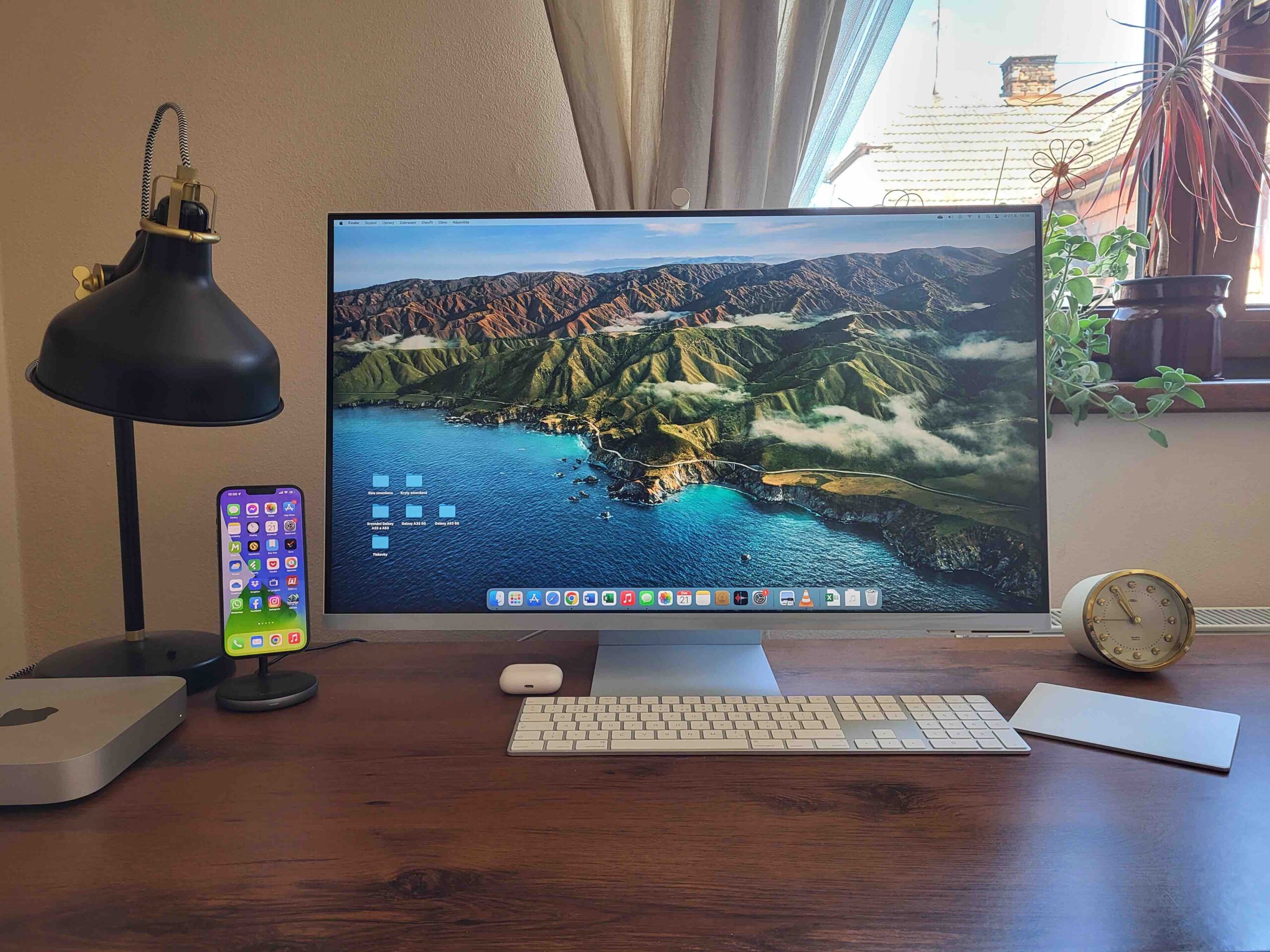
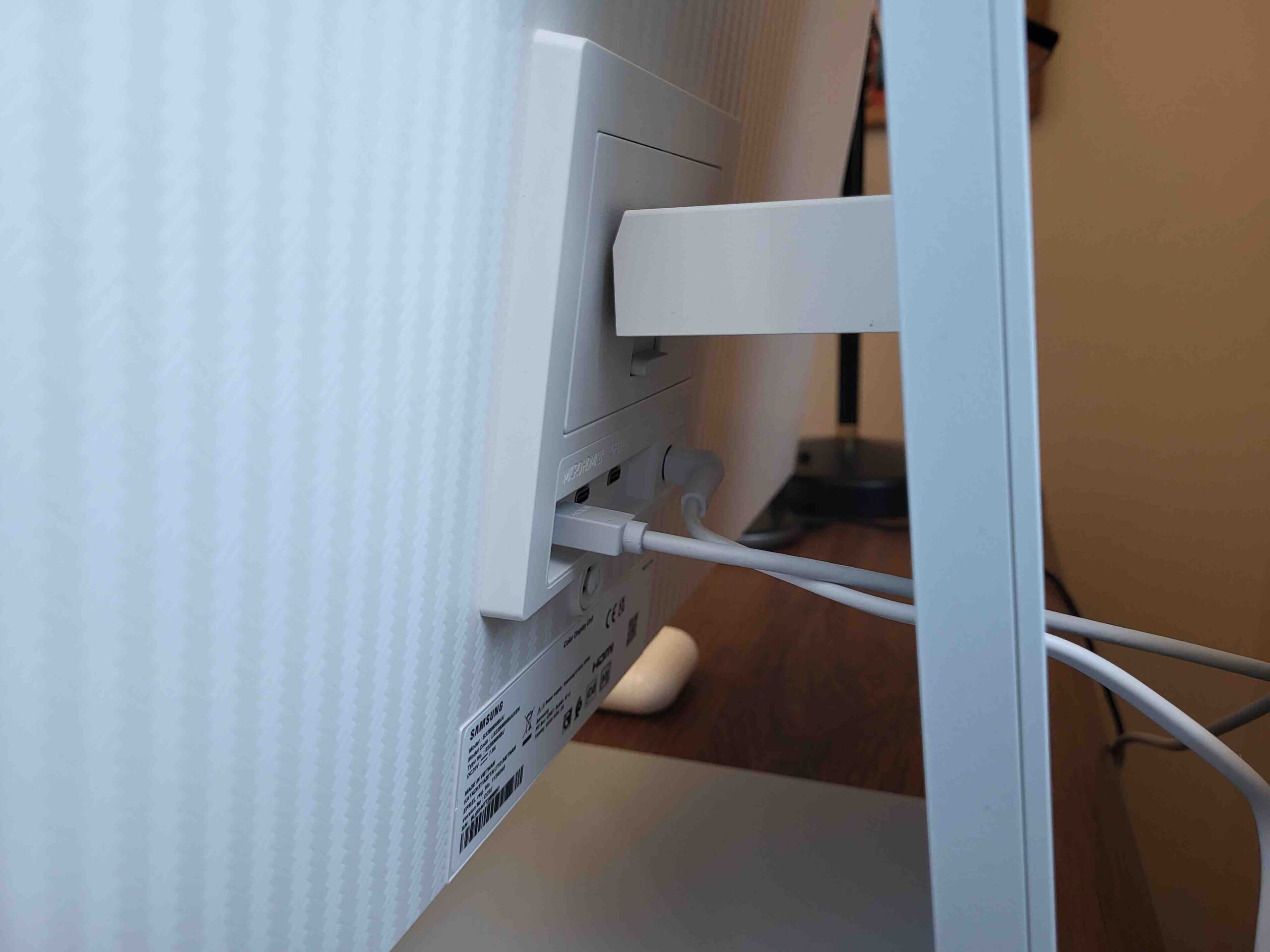
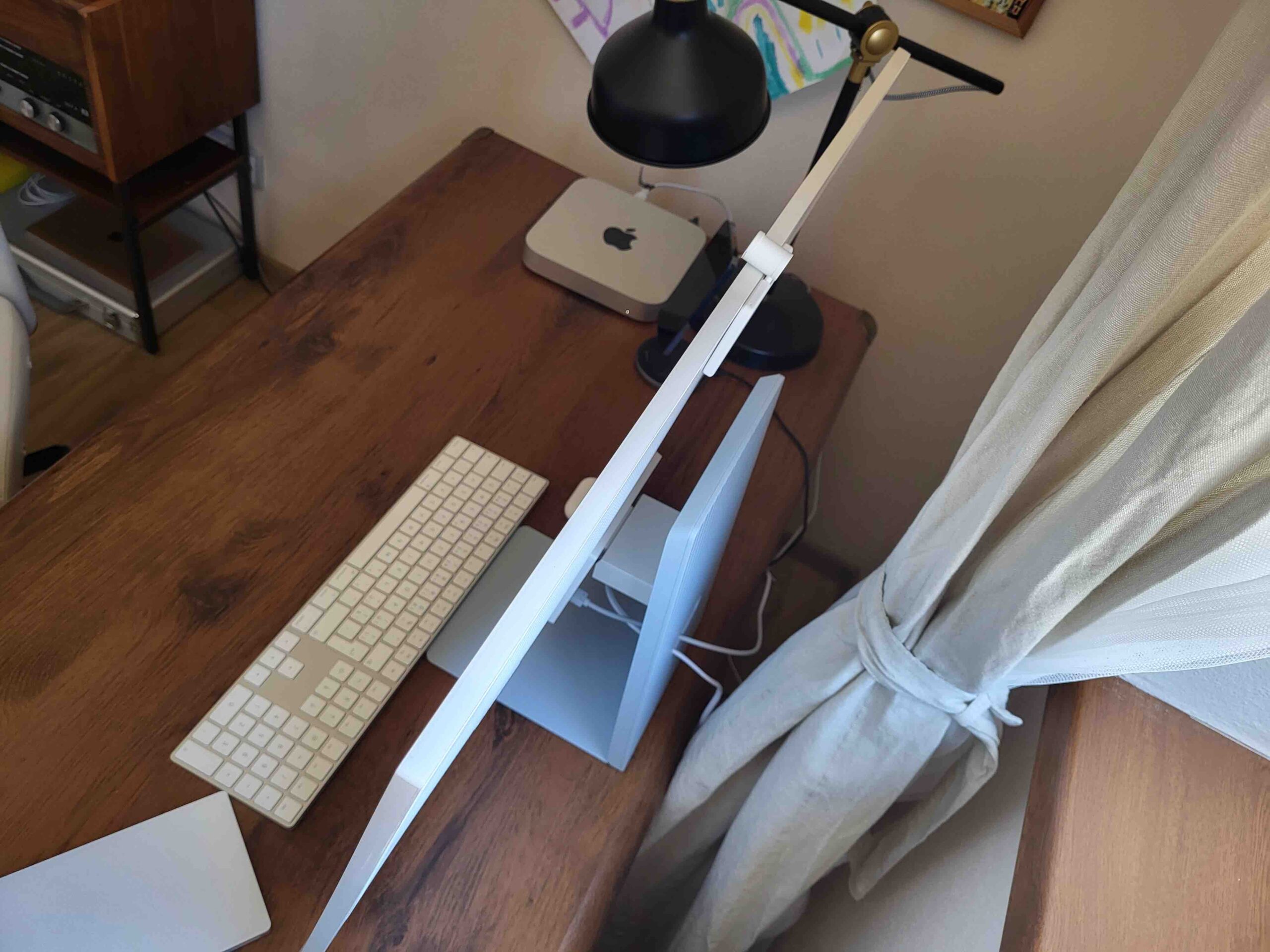
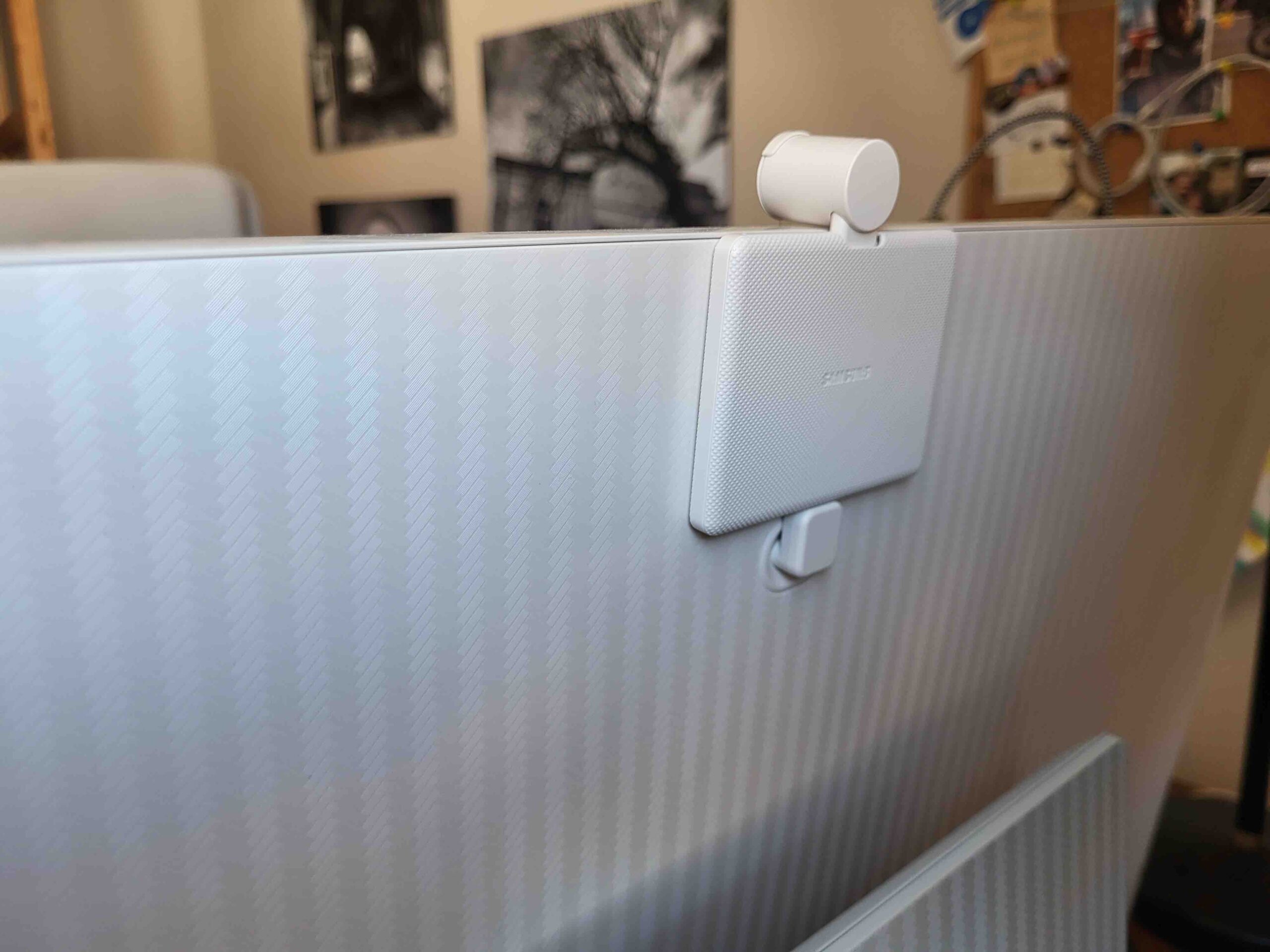
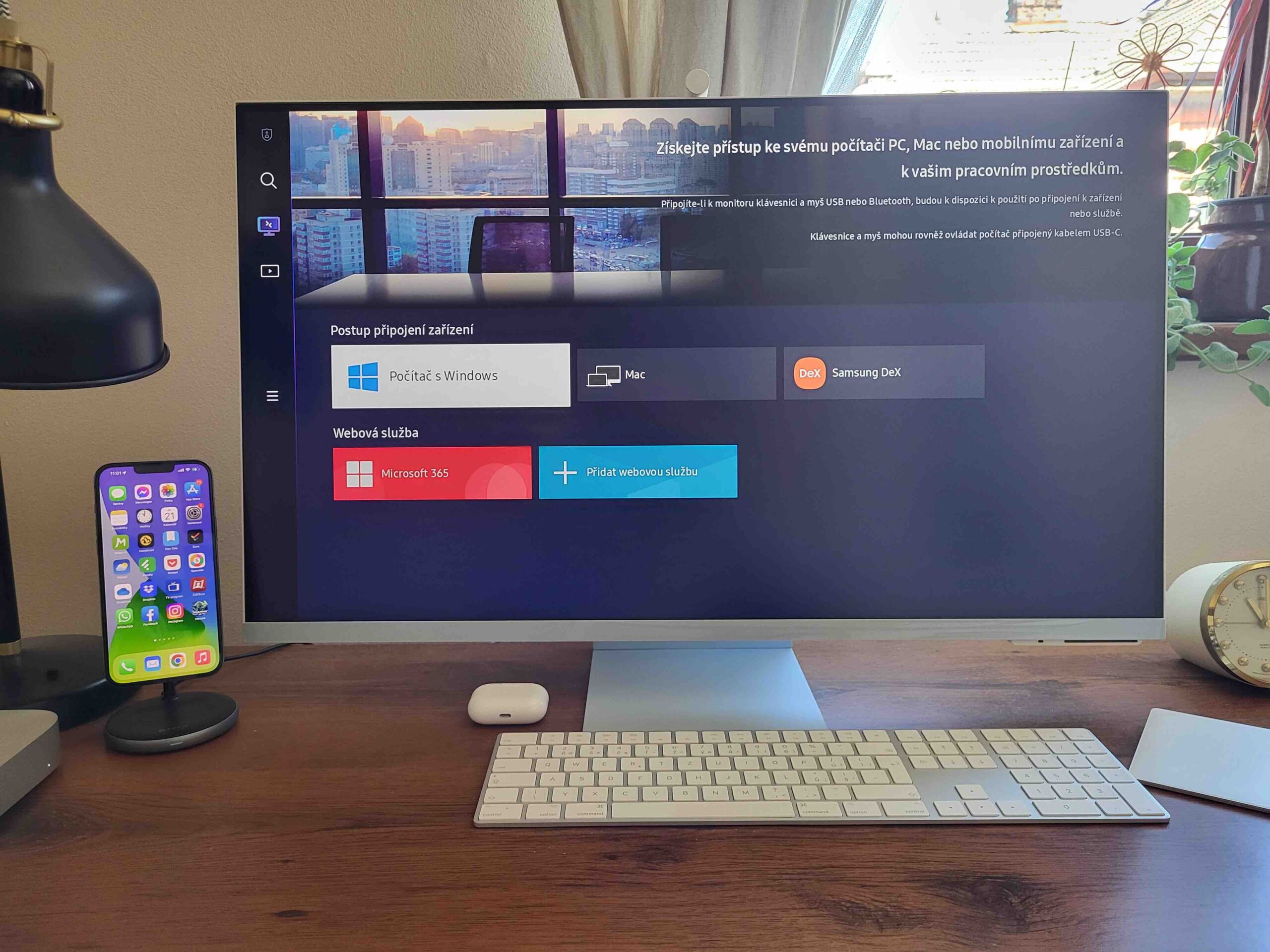
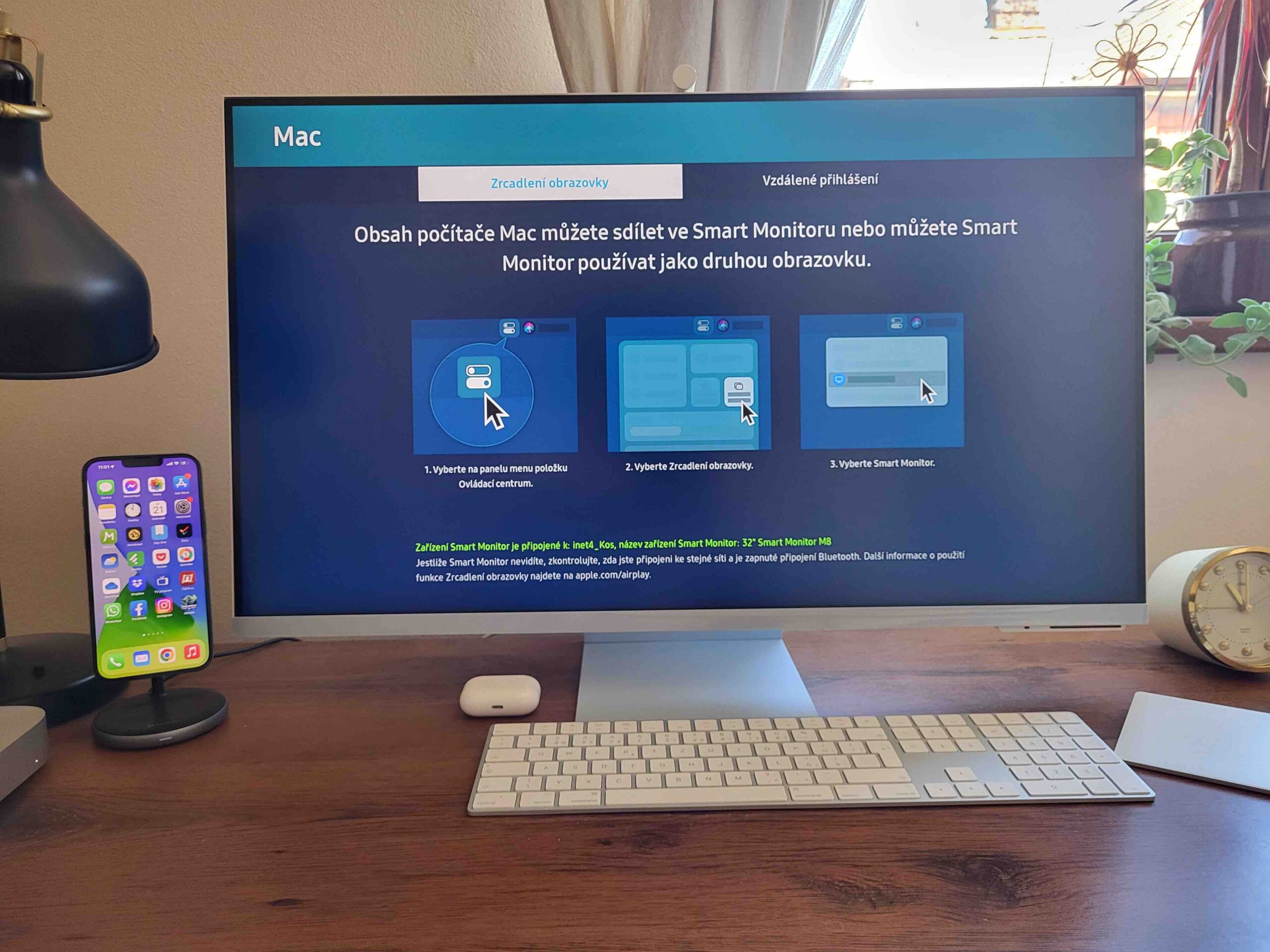
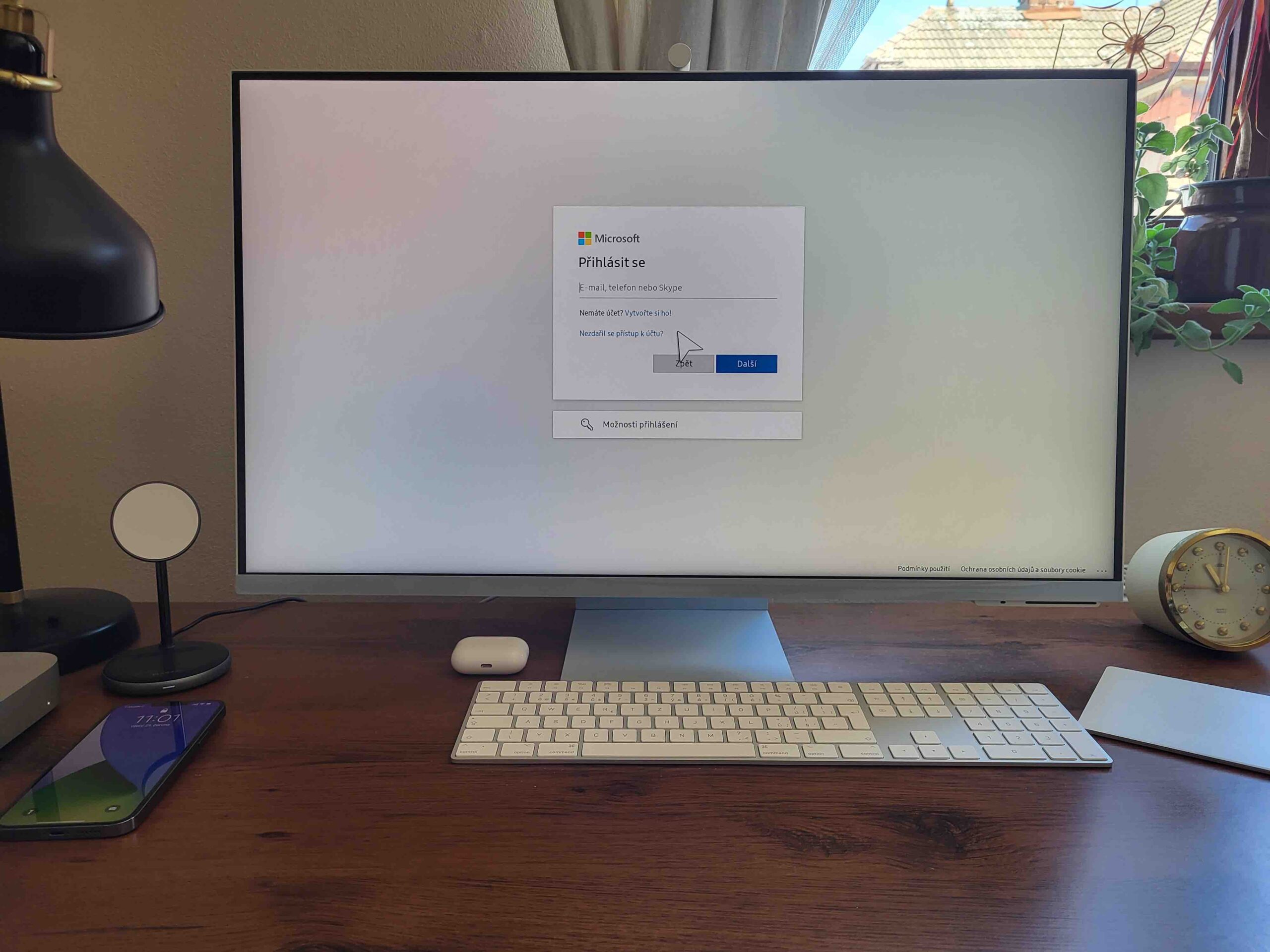
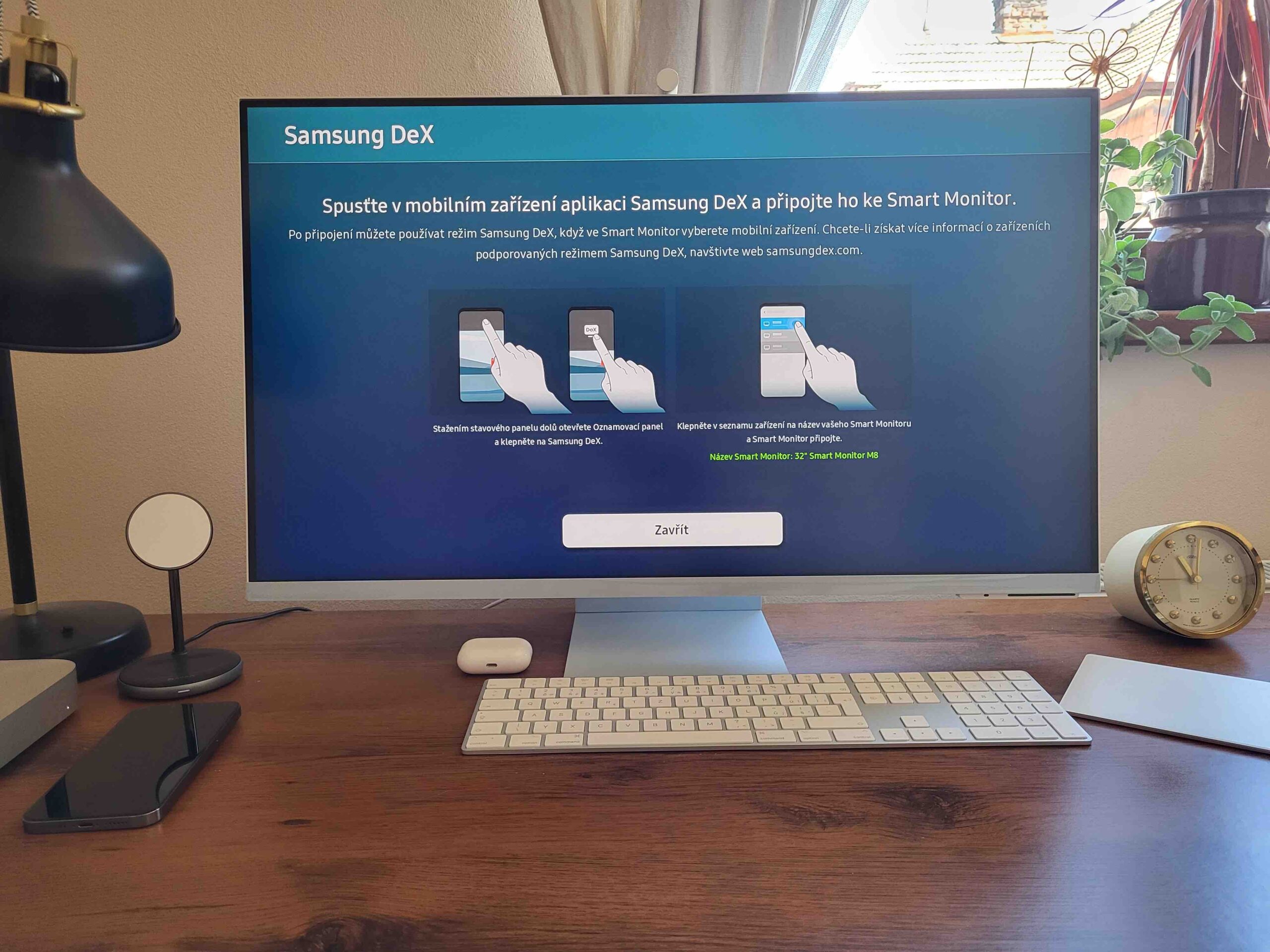
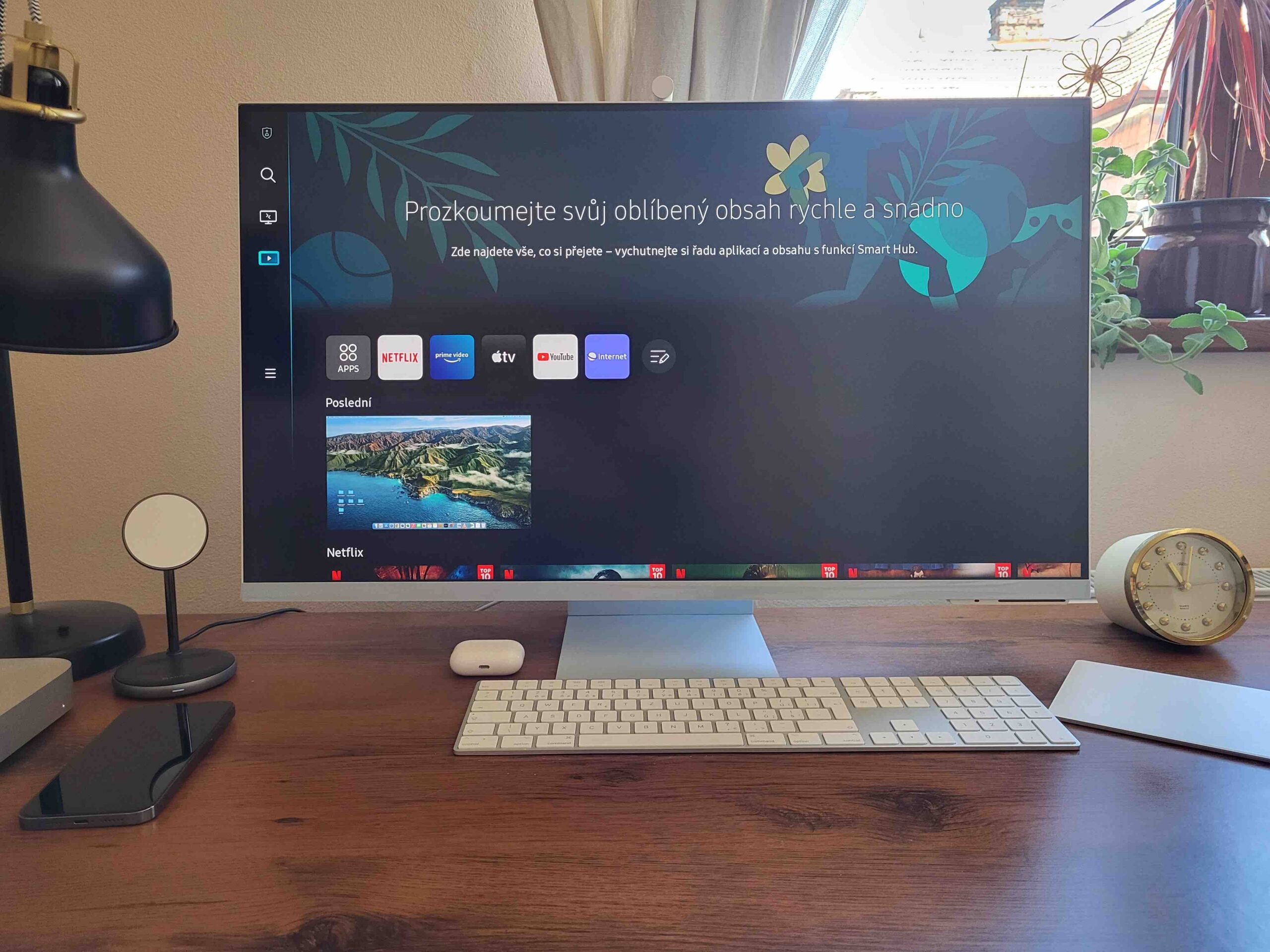
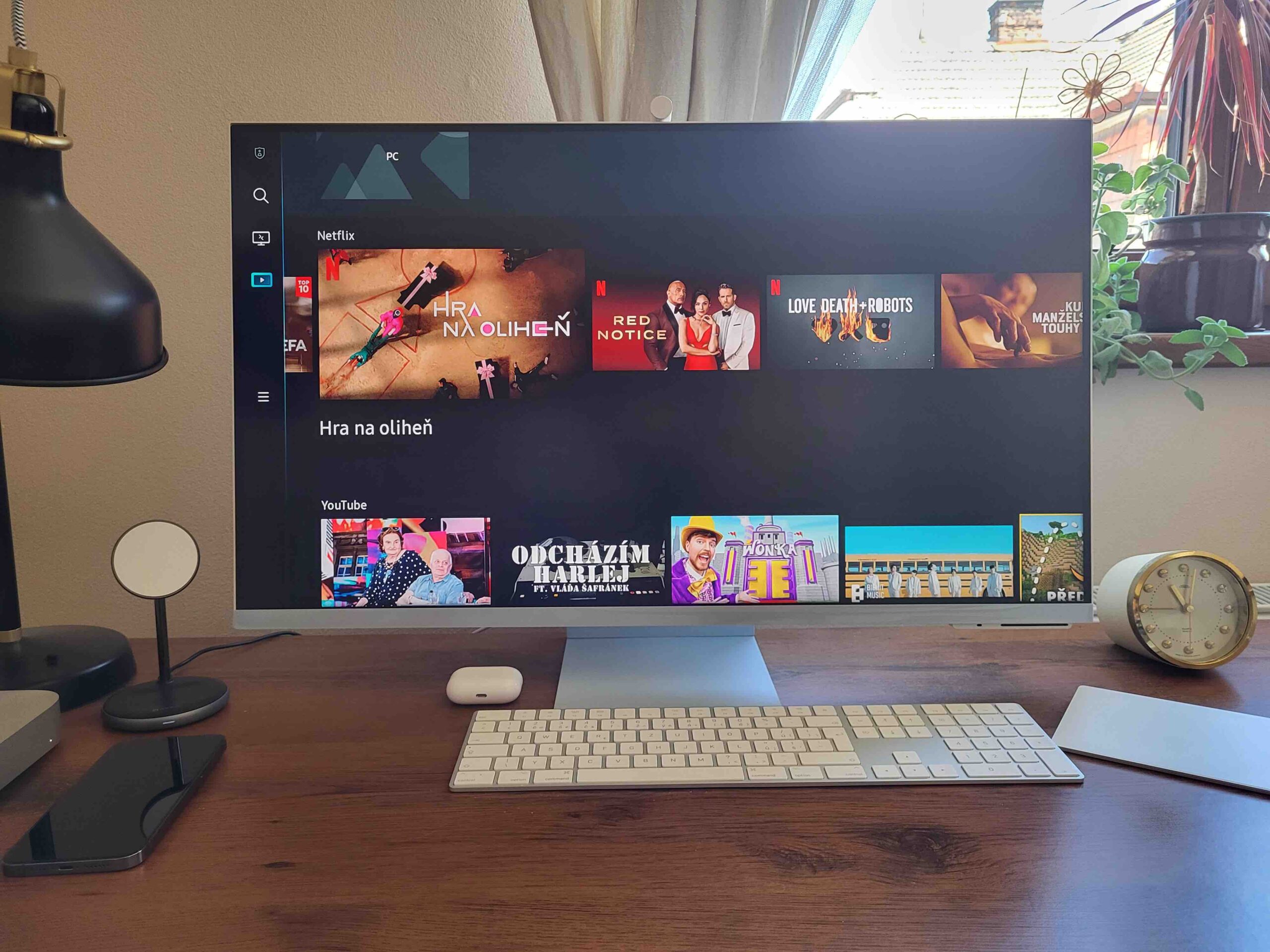
 Adam Kos
Adam Kos 